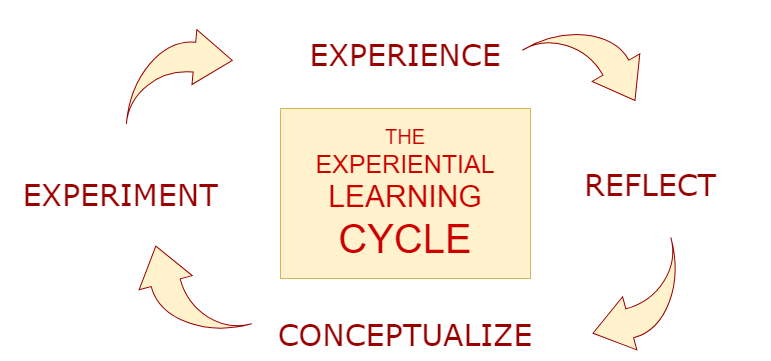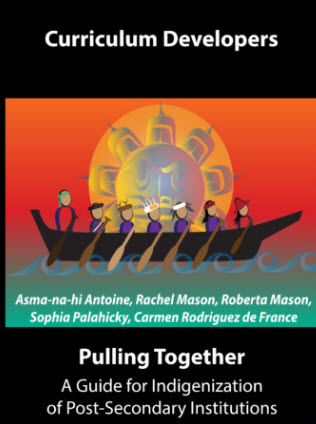Week 1: Overview
How People Learn
More perspectives on learning
Many instructors observe that learners are more involved and seem to retain what they learn more effectively if they are ACTIVE (or engaged in some way. Active learning can be physical or mental; the important factor seems to be that something is required of the learner.
Experiential learning
One of the most well-known theories of learning is David Kolb's Cycle of Experiential Learning (associated with concepts of adult learning i.e., andragogy as opposed to pedagogy). If you've been involved in Instructional Skills Workshops in the past, you'll definitely have heard of this one.

Brain-based perspectives
As neurological research has evolved, more educators have been exploring brain-based ideas of how people learn. Although there are critics of this approach, it is useful to review what we know about how the brain learns and some of the suggestions of how to support learning using that knowledge. The following is an open-licensed video from ETEC510 Brain based learning (a course in the Masters of Educational Technology program at University of BC.Indigenous perspectives
There has been a growing awareness of the value of exploring indigenous ways of knowing and learning. Key aspects are relationality, the interconnection between sacred and secular and  holism, the need to see the whole picture because everything is related and cannot be separated. Often, indigenous ideas of knowledge are expressed as four connected dimensions (also referred to as the medicine wheel: emotional, spiritual, cognitive and physical. 1
holism, the need to see the whole picture because everything is related and cannot be separated. Often, indigenous ideas of knowledge are expressed as four connected dimensions (also referred to as the medicine wheel: emotional, spiritual, cognitive and physical. 11 Pulling Together: A Guide for Curriculum Developers., Asma-na-hi Antoine, Rachel Mason, Roberta Mason, Sophia Palahicky, and Carmen Rodriguez de France, retrieved from https://opentextbc.ca/indigenizationcurriculumdevelopers/